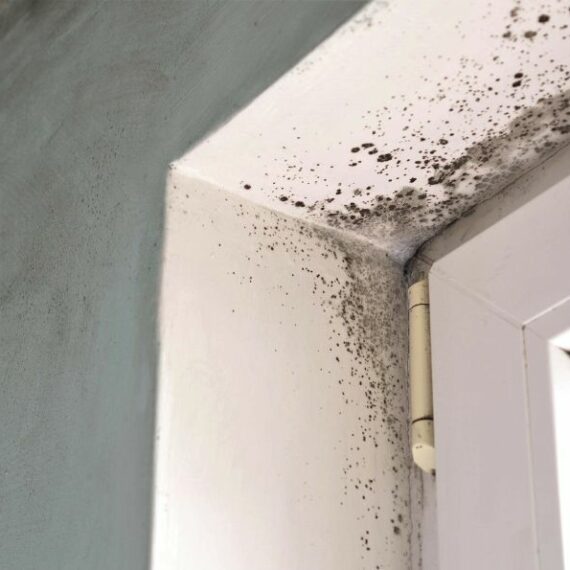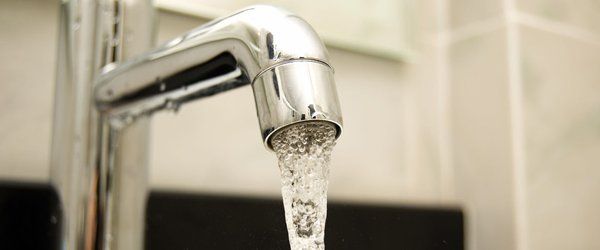This article following next relating to Who is responsible for plumbing maintenance is extremely captivating. Check it out for yourself and decide what you think about it.

Managing pipes problems in rental homes efficiently is important for preserving tenant satisfaction and maintaining the building's value. Whether you're a property owner or a residential or commercial property supervisor, understanding how to attend to these typical issues can conserve you time and money while guaranteeing compliance with legal duties. Here's a step-by-step guide on just how to deal with pipes problems in rental properties.
Record Whatever
Maintain comprehensive documents of all reported pipes problems and the actions required to solve them. Paperwork must include days, descriptions of the problem, communication with occupants, and invoices from specialists or plumbing professionals. This details can be important for insurance claims, tax reductions, and lawful security.
Use Qualified Professionals
Constantly use licensed and insured experts for significant pipes fixings and installments. This ensures that the job depends on code and can aid stay clear of obligation problems in case of mishaps or further damage. It also comforts lessees that fixings are being managed properly.
Develop Clear Communication
Encourage tenants to report any pipes concerns as quickly as they happen. Offer multiple communication channels such as phone, e-mail, or a lessee website to make it simple for them to reach out. Motivate feedbacks to these records can avoid minor issues from escalating right into major troubles.
Inform Occupants
Educate your tenants concerning what makes up a plumbing emergency situation and what does not. Supply guidelines on how to take care of small issues themselves, such as making use of a plunger to unclog a commode. Likewise, inform them concerning what they ought to stay clear of putting down drains pipes to avoid clogs, such as oil, coffee grounds, and non-biodegradable items.
Routine Maintenance
Apply a regular maintenance timetable for all plumbing systems in your service buildings. Routine checks can help determine and deal with concerns like leaks, slow-moving drains, or corroded pipelines before they become severe. Consider employing a professional plumbing professional to examine the properties every year or semi-annually.
Quick Reaction to Emergency Situations
Have a plan in place for replying to plumbing emergency situations. This need to include having the call information of trustworthy plumbing services that use 24/7 emergency repair work. Quick activity is essential to lessen damages in situations like burst pipelines or extreme leaks.
Preventive Upgrades
Think about updating older plumbing systems and fixtures to a lot more modern-day, efficient designs. This can lower the frequency and seriousness of pipes concerns and reduced lasting maintenance expenses. It's likewise a marketing factor for potential renters that value upgrades and modern-day features.
Renter Move-Out Inspections
Conduct detailed pipes checks during move-out evaluations to make sure that any kind of concerns are recognized and addressed before a new occupant moves in. This stops disagreements with brand-new lessees over pre-existing conditions and ensures the home remains in leading problem.
Understand Lawful Duties
Understand your lawful obligations relating to pipes and basic building upkeep. The majority of territories call for proprietors to guarantee their buildings are habitable which all pipes systems are in good working order. Failure to address major issues quickly can lead to legal actions from lessees.
Lessee Repayments
If a pipes problem requires immediate focus and the lessee solves the problem on their own, have a clear policy in position for repaying expenses. Ensure lessees recognize they must acquire prior authorization for higher-cost repair services unless it's an absolute emergency.
Verdict
Managing plumbing issues in rental buildings needs a proactive strategy and excellent communication with tenants. By staying on top of upkeep, responding promptly to emergency situations, and utilizing qualified specialists, property managers can keep their buildings in exceptional condition and keep good partnerships with renters.
How to Handle Water Damage in a Rental Property
What is Water Damage?
Water damage is harm or destruction caused by water entering areas where it is not supposed to be. It can be caused by a variety of sources and can manifest in different ways. The most common examples of water damage include:
Leaking roof Plumbing leaks Appliance malfunctions Poor drainage Flooding Sewage backup Condensation Tenant negligence HVAC system issues Frozen pipes Is water damage dangerous?
Water damage itself is not inherently dangerous, but it can lead to various hazards and health risks if not promptly and properly addressed. The severity of these risks depends on the extent of the water damage, the source of the water, and how quickly it is mitigated.
Some potential dangers associated with water damage include structural damage, mold and bacterial growth, electrical hazards, water contamination, and pest infestations. In situations where mold and mildew have gone unaddressed, mold can start to develop within 24-48 hours of water exposure, and this can impose a serious health risk to tenants. In particular, mold spores and damp conditions can lead to respiratory issues and even make existing health problems worse, such as allergies, asthma, or immune disorders.
Water Damage in an Apartment - Who is Responsible?
If the water damage is caused by the tenant’s negligence, the tenant is responsible for the cost of repairs. If the water damage is caused by a defect in the property, the landlord is responsible for the cost of repairs. If the water damage is a result of natural causes, such as excessive rain, then the landlord is responsible, since the water intrusion likely occurred due to a defect in the property. Landlord Responsibility water damage in rental property
Since maintaining habitability is the landlord’s legal responsibility, landlords are responsible for any resulting structural damage caused by water damage. These structural damages may include damage to walls, roofs, ceilings, and flooring. If water damage has affected the rental property’s original structure, the landlord is responsible for repairing or replacing those materials. Therefore, landlords should have property insurance that covers the structural components of their rental property so that they can receive help with the costs of covered events.
Preventative measures can also help landlords avoid massive renovations. Preventative maintenance may include conducting regular inspections to identify and address potential water damage before it becomes a major and urgent problem.
If a landlord fails to meet their responsibilities regarding water damage, it can lead to legal disputes and potential liability. Tenants who believe their landlord is not addressing water damage issues in accordance with California law can seek legal advice or contact local housing authorities for assistance.
https://www.goodlifemgmt.com/blog/water-damage-in-a-rental-property/

We had been shown that editorial on Who is responsible for plumbing maintenance from a buddy on another web blog. You should take the opportunity to share this blog if you enjoyed reading it. We thank you for your readership.